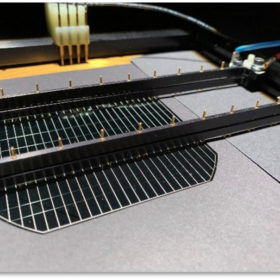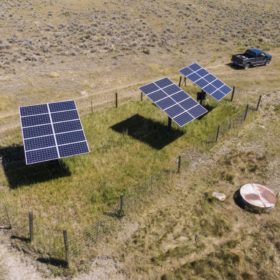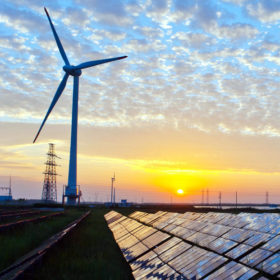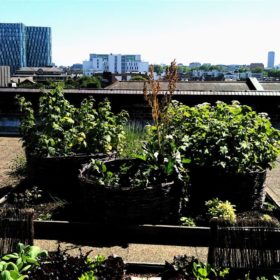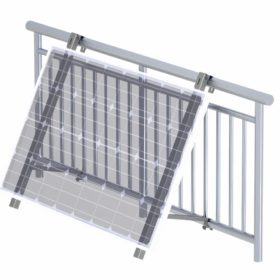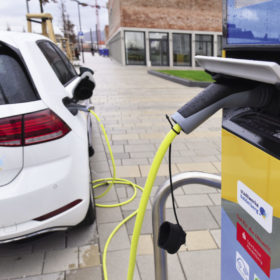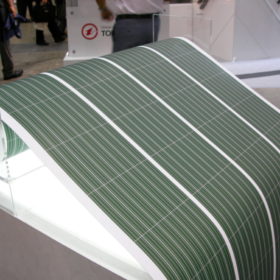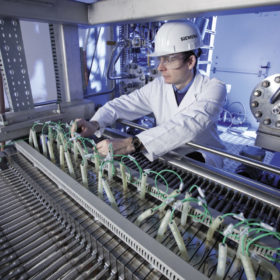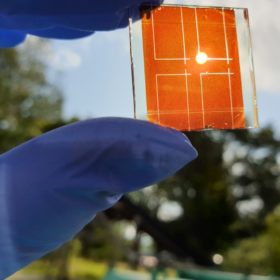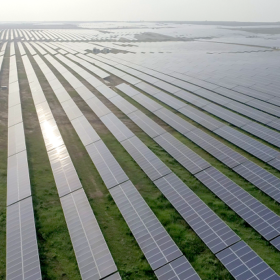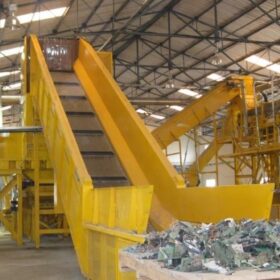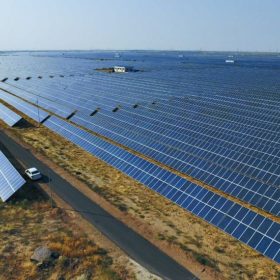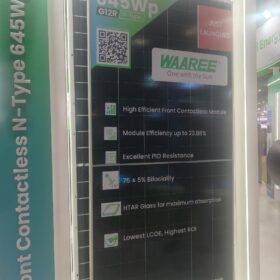Evaluating tandem cells, from the bottom up
Scientists in Germany evaluated multiple silicon cell concepts based on both cost and efficiency in serving as the bottom layer in a perovskite-silicon tandem cell. The study, based on both simulation and experimental work, outlines advantages to various approaches with the silicon cell and concludes that in almost every case, perovskite-silicon tandem cells have the potential to bring solar costs down below what could be achieved with silicon alone.
The unstoppable trajectory of photovoltaic water pumps
Scientists in Russia have analyzed the most important technological advances achieved for solar water pumps over the past decades and have indicated the roadmap that future research should follow to expand their use and application.
India, Sweden to fund joint R&D in smart grids
India’s Department of Science & Technology and the Swedish Energy Agency have launched a collaborative funding program for Indian and Swedish companies that aim to jointly develop new technologies, services and processes in the area of smart grids.
Rooftop PV vs. rooftop farming
U.K. researchers have developed a way to optimize urban rooftop use with solar PV and agriculture.
Mounting structure for balcony solar modules
Sino-Australian manufacturer Clenergy has unveiled a new mounting solution for PV panels installed in balconies. The structure is adjustable to different types of commonly-sized balconies with metal railings.
The future of cars is electric – but how soon is this future?
According to a new report by BloombergNEF, 58% of global passenger vehicle sales in 2040 will come from electric vehicles, yet they will make up less than 33% of all cars on the road.
India and Israel to work together on perovskite solar cells and lithium sulfur batteries
Low-cost batteries and novel perovskite materials are among the topics selected for joint research and development.
Even if organic PV is cheap enough, efficiency does matter
A British-German research team claims that organic PV technologies may become mature enough to compete with crystalline silicon and thin-film products not only in BIPV, but also in power generation in the electricity market. In order to get there, however, organic PV products will have to achieve higher efficiencies.
TERI partners Norway’s Greenstat for Centre of Excellence in hydrogen
The Energy and Resources Institute (TERI) has signed a Memorandum of Understanding (MoU) with the India arm of Norwegian energy company Greenstat to set up a Centre of Excellence for hydrogen in India and accelerate deployment of hydrogen technologies in the country.
New tech to apply perovskite thin-film layers to conventional solar panels
According to its creator, Swedish start-up Evolar, the new technology can be applied to existing production lines for crystalline silicon modules and increase a product’s efficiency by around 5%.
